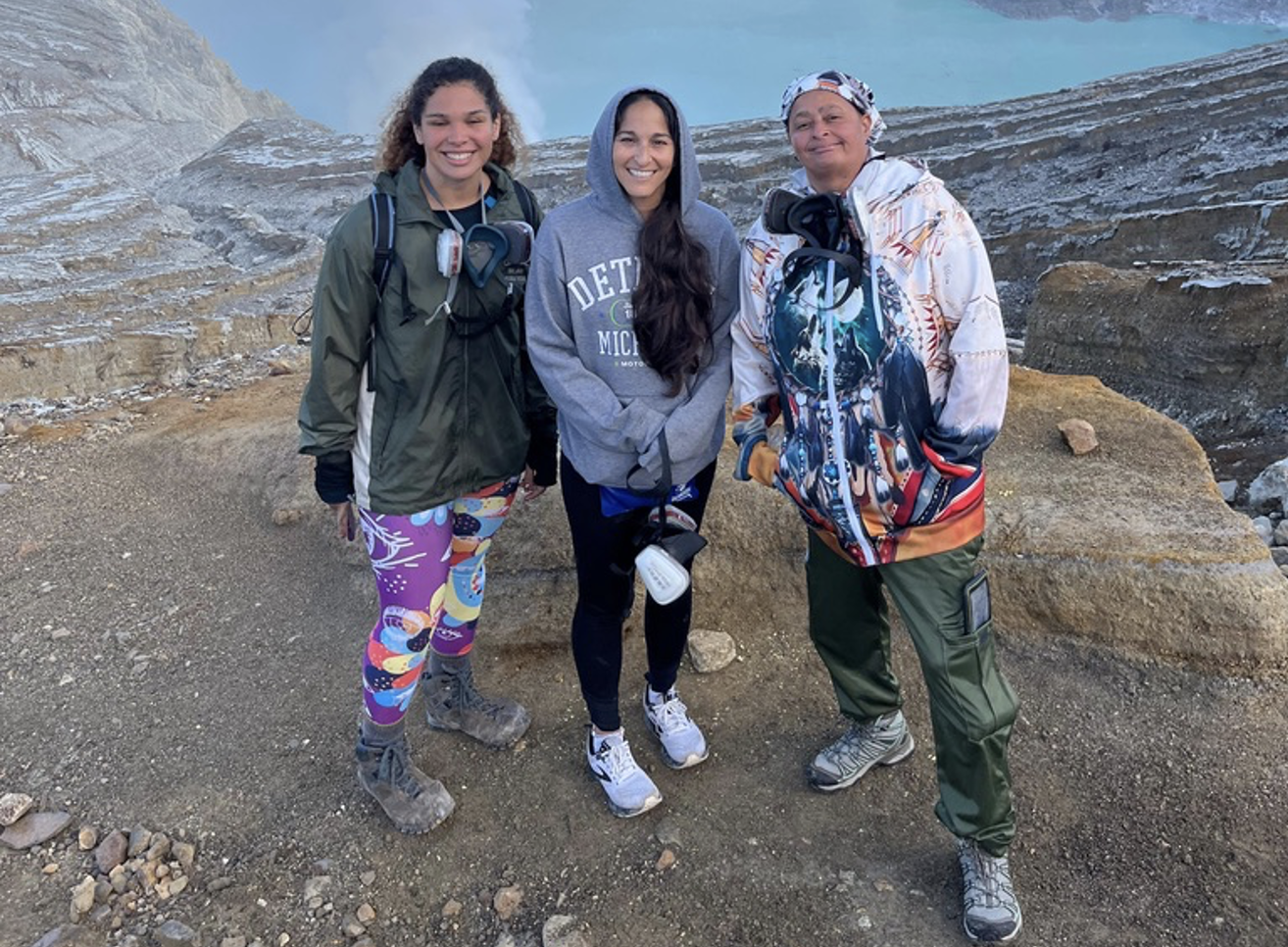
Here are the most outstanding points of Hispanic Market Weekly’s Conversation With… Reinaldo Padua:
What factors does Coca-Cola take into account when determining its Hispanic-focused media mix?
The most important guideline to plan for media is what we call “liquid and link,” our message has to be fluid and appear in all different media and touch points our consumers interact with. In the past it’s been heavier on traditional media – television, radio and out-of-home. Today the dynamics require us to be more flexible; we have to be more liquid, including digital and grassroots so we can be wherever consumers are. Now our media mix is diversified, including digital, mobile, on-site activations, and integrated media through television. The second part is the link – the medium doesn’t matter, the message about benefits to the consumer and the core identity of the brand has to be reflected at every touch point.
Does Coca-Cola have product integrations airing currently on television?
We currently have one underway that’s related to meals and goes great with family occasions. It’s an integration with Univision and celebrity chef Ingrid Hoffman, who includes Coca-Cola during “Delicioso,” the weekly program airing on TeleFutura. Additionally, when she showcases Hispanic traditions, she incorporates Coca-Cola to complement the occasion. Another integration is tied to the CONCACAF Gold Cup and Univision’s “República Deportiva” sports show. Host Fernando Fiore broadcast live from Fútbol Fiesta and Coke-Zero was integrated into the television program as well as into the games’ half-time shows.
How is Coca-Cola reaching out to younger Hispanics?
The younger consumer is a great opportunity for us. Most of the communication we have with them is in English, that’s the main language they consume media and entertainment in. We do a lot of joint programs with the rest of the company’s brands in the U.S. to make sure we have an integrated approach to teens because their passion points are generally the same. Taio Cruz, a British and Brazilian hip-hop singer, is a global asset used by Coca-Cola in different markets. Now we’re developing a music-themed session with emerging Latino artists that will be activated throughout the year. It’s a contest that will be relevant to all teens but that will feature Latin insights and passion points.
Does Coca-Cola conduct research when preparing its marketing messages and media mix?
There’s a lot of research that goes on in the market. To me the most important thing is that before you conduct research you do two things – understand what research is already available so you can leverage your investments and formulate a hypothesis about what question marks we have on the consumer. When you have clear hypothesis about the market, the truth helps you validate something or dismiss it. At Coca-Cola, it helps us keep our messaging effective and focused on specific ideas that can help a brand be better connected to needs of the market. In all of the research that we conduct in North America we make sure Hispanics are represented so we can understand the similarities and differences of the market and define when unique needs must be addressed.
What’s next for Coca-Cola in connecting with Hispanics?
We believe that our current strategy and approach is working really well. It combines specific products that connect deeper with Hispanic consumers’ passion points – fútbol, telenovelas, meals, music. We combine and leverage those passion points that are shared across the market to boost the level of uniqueness or our campaigns and messages to be more efficient and effective. We just celebrated the first 125 years of Coca-Cola and in that time we’ve been able to grow the brand around the world by connecting with unique elements of each culture – from tacos to hamburgers to chicken. Throughout the process, there are elements of the brand that you keep and others of that for each activation you fine tune to the culture and needs of each consumer group you’re targeting. Moving forward, we’ll keep growing by connecting with more specific needs of the cultural group within each country. In the U.S., we’re going to keep the focus on multicultural diversity because consumers will keep some of the passions that are unique to their culture, but they will blend and share customs with other multicultural groups.




